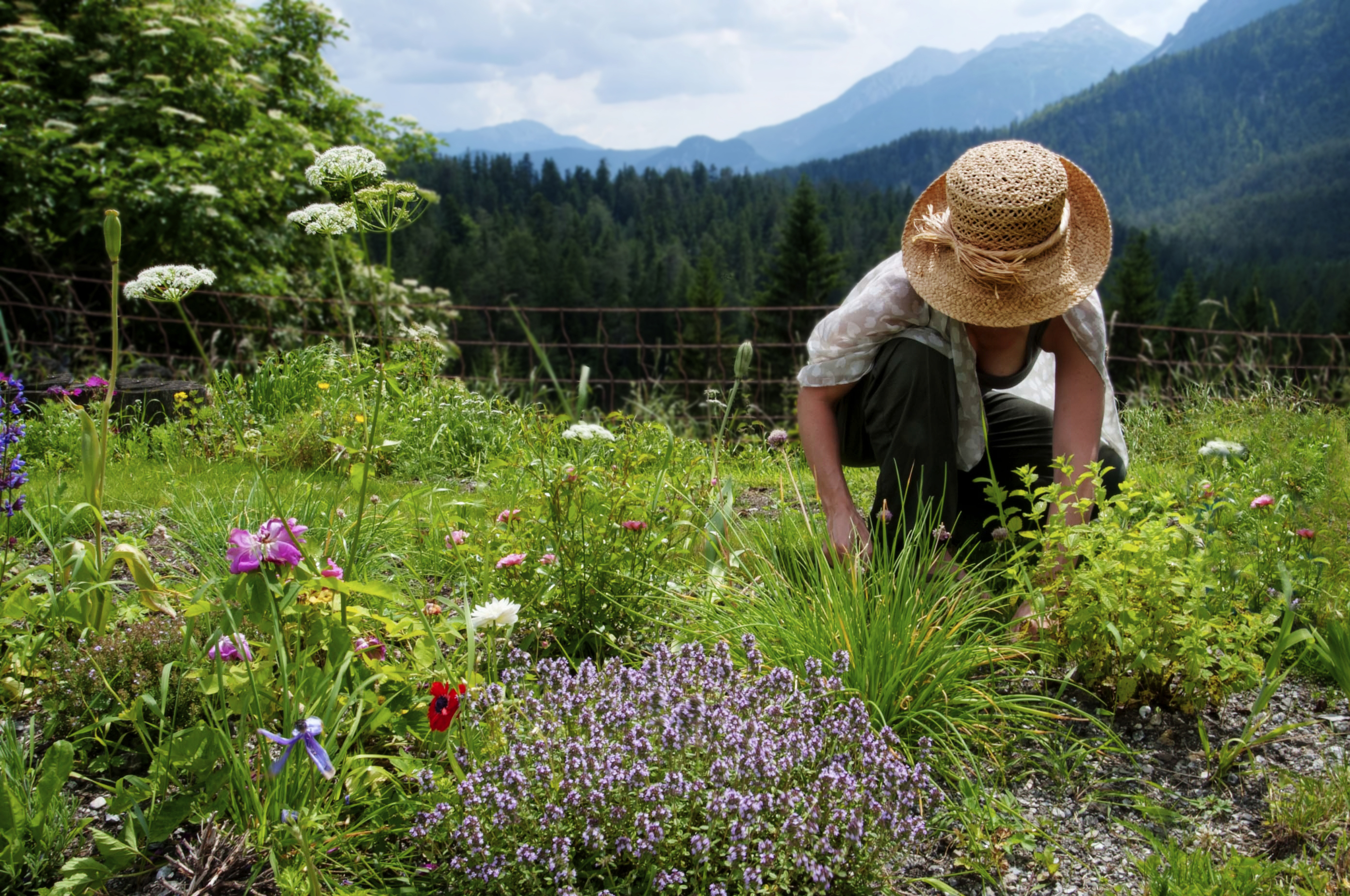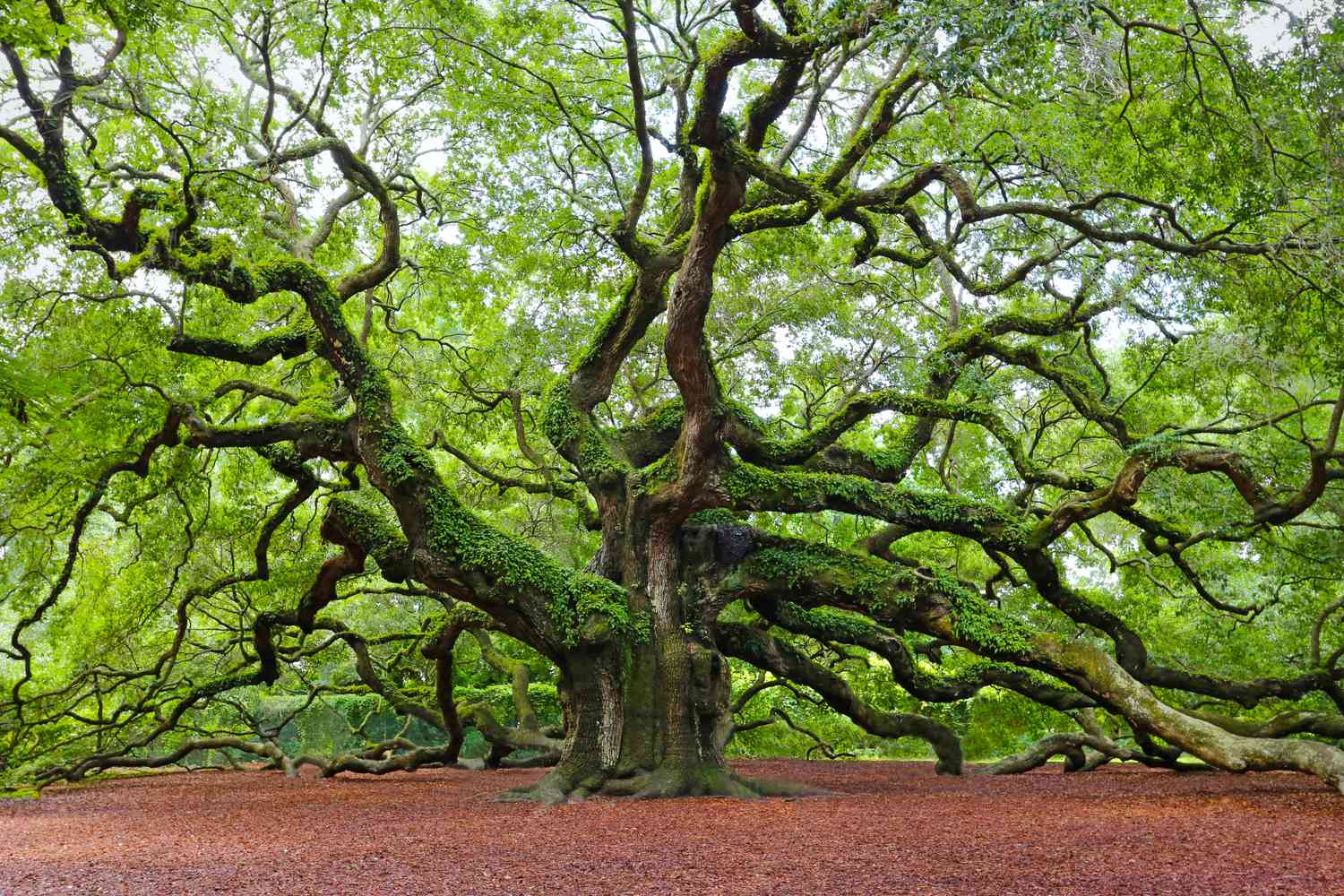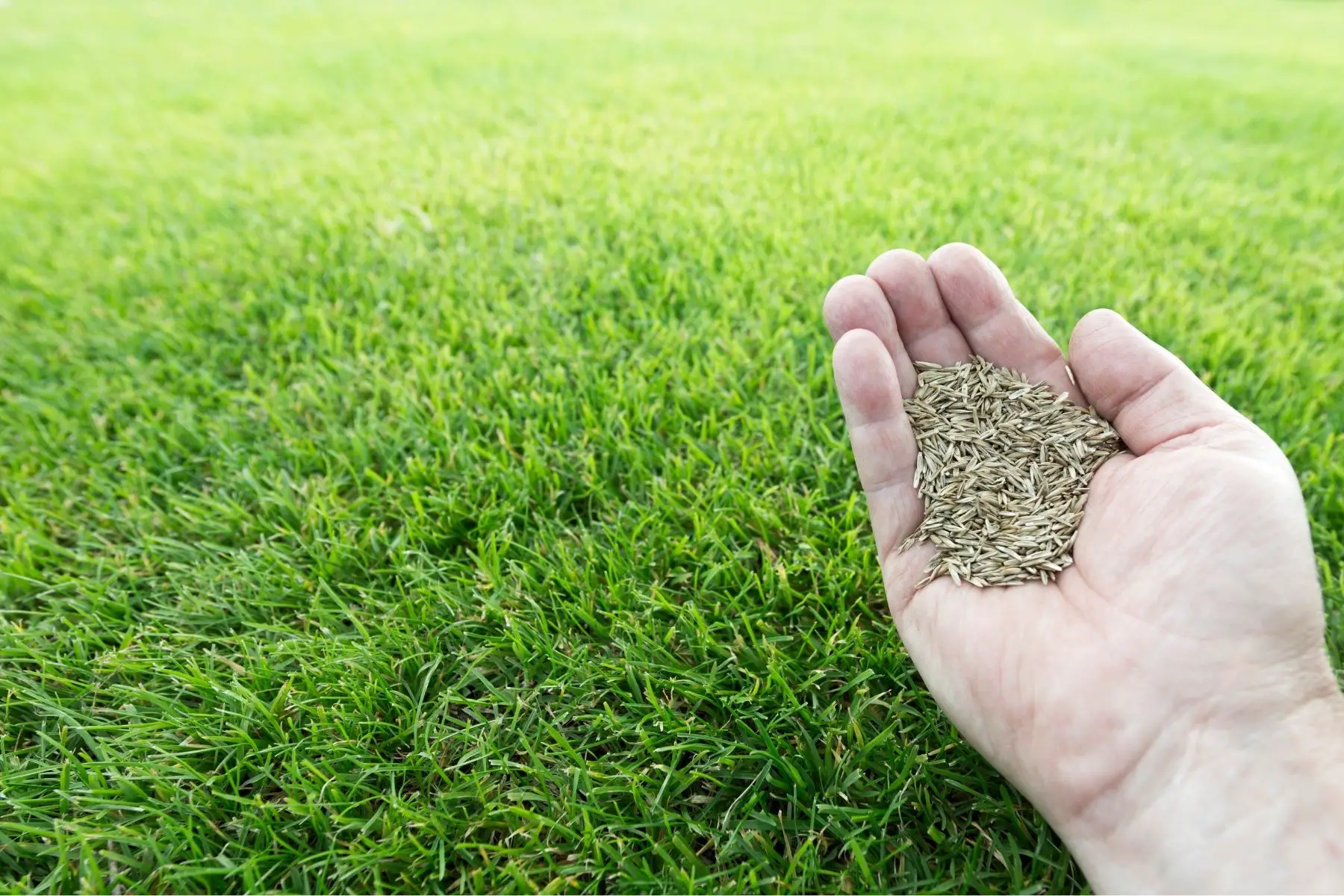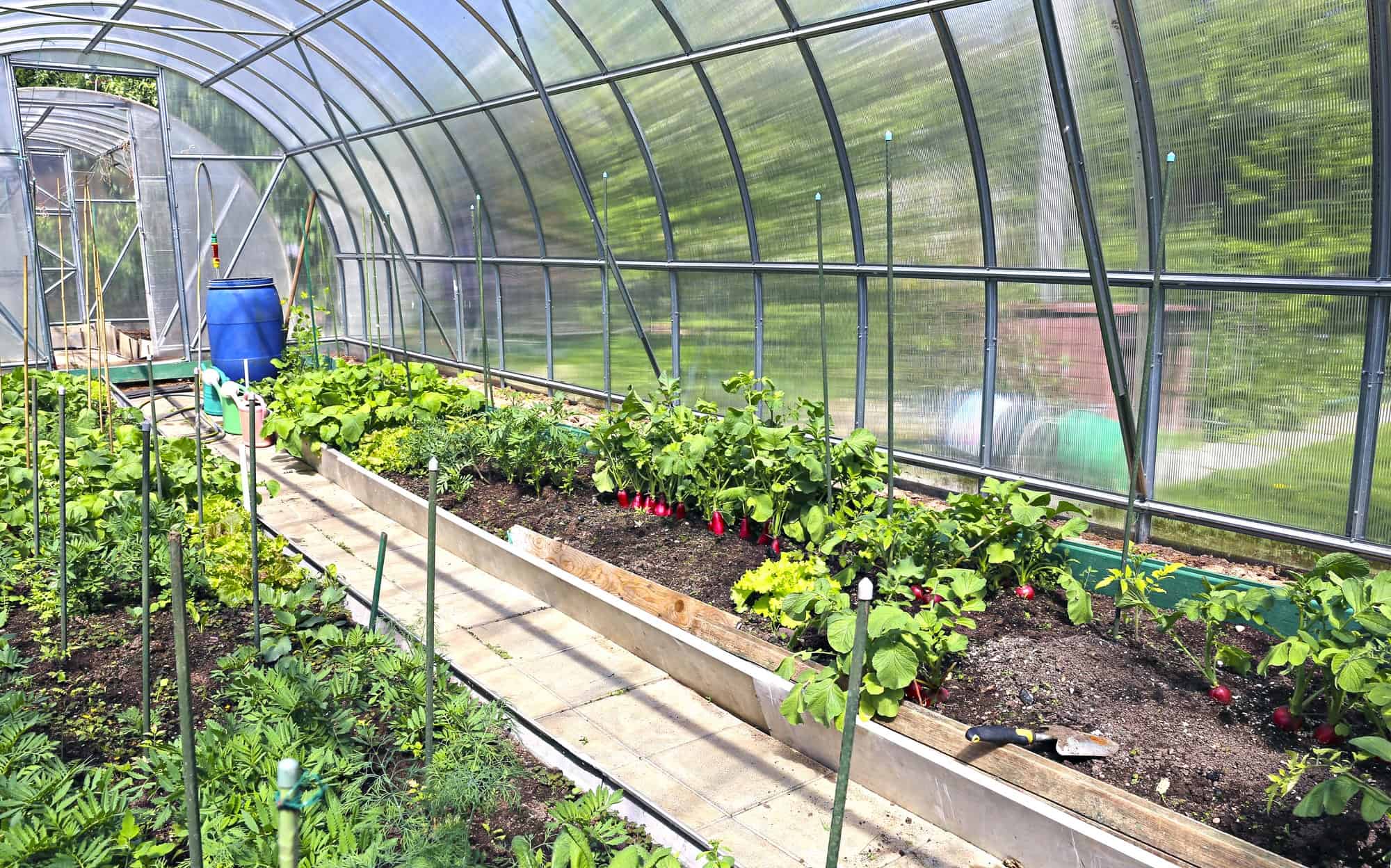Home>Gardening Techniques>Plant Care>How Long Do Cherry Trees Take To Grow
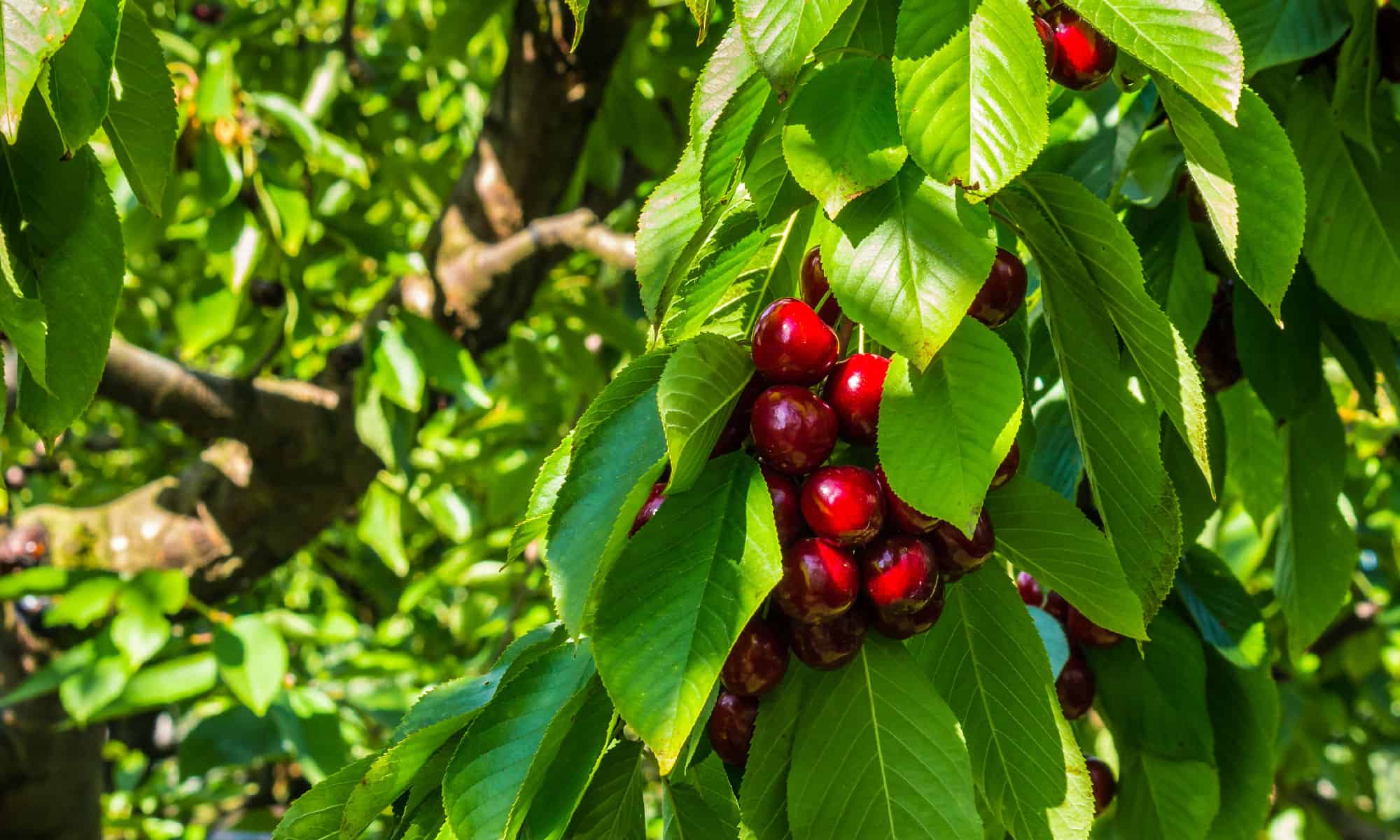

Plant Care
How Long Do Cherry Trees Take To Grow
Modified: January 22, 2024
Learn how long it takes for cherry trees to grow and get expert tips on plant care to nurture healthy and thriving trees.
(Many of the links in this article redirect to a specific reviewed product. Your purchase of these products through affiliate links helps to generate commission for Chicagolandgardening.com, at no extra cost. Learn more)
Table of Contents
Introduction
Welcome to the world of cherry trees! If you’re a plant enthusiast or a gardener looking to add a touch of beauty and flavor to your outdoor space, growing cherry trees can be a rewarding and satisfying experience. With their vibrant blossoms in spring and delicious fruit in summer, cherry trees are not only eye-catching but also provide a bountiful harvest.
Before you embark on this journey of growing cherry trees, it’s essential to have a good understanding of their growth process, care requirements, and the factors that can affect their development. In this article, we will explore various aspects of cherry tree growth and share valuable insights to help you create the ideal environment for your trees to thrive.
Cherry trees, scientifically known as Prunus avium, belong to the Rosaceae family. They are deciduous trees that are native to regions of Europe, Asia, and North America. These trees are prized for their stunning spring blossoms, ranging in color from white to pink, and their delicious, juicy cherries in a variety of flavors and colors.
Whether you’re planning to grow cherry trees for their aesthetic appeal, to enjoy their fruits, or both, it’s important to understand the factors that can influence their growth. The growth rate and overall success of cherry trees depend on several key factors, including:
- Climate: Cherry trees prefer temperate climates with distinct seasons. They thrive in areas with cool winters and mild summers.
- Soil: Well-drained soil with a slightly acidic pH is ideal for cherry tree growth. The soil should be fertile and rich in organic matter.
- Sunlight: Cherry trees need full sun exposure to produce optimum fruit yield. A minimum of six hours of direct sunlight per day is recommended.
- Water: Adequate and consistent watering is crucial, especially during the growing and fruiting seasons. Avoid overwatering, as it can lead to root rot.
- Variety: The specific cherry tree variety you choose will determine its growth rate, size, and fruit characteristics. Some varieties mature and bear fruit faster than others.
Now that we’ve covered the basics, let’s move on to exploring different cherry tree varieties and their growth rates.
Factors Affecting Cherry Tree Growth
Growing healthy and productive cherry trees requires attention to various factors that can affect their growth and development. By understanding and managing these factors, you can create an optimal environment for your cherry trees to thrive. Let’s take a closer look at some of the key factors influencing cherry tree growth:
Climate
The climate plays a significant role in the growth and success of cherry trees. These trees thrive in temperate climates with distinct seasons. They require a period of chilling in winter to fulfill their dormancy requirements and promote proper bud development. Additionally, cherry trees prefer mild summers that aren’t excessively hot, as high temperatures can cause stress and inhibit fruit production.
Soil
The type and quality of soil are vital for the growth of cherry trees. They prefer well-drained soil that retains moisture but doesn’t get waterlogged. Ideally, the soil should be slightly acidic, with a pH range of 6.0 to 6.8. Enhancing the soil with organic matter, such as compost or well-rotted manure, can improve its fertility and structure, providing an ideal growing environment for the trees.
Sunlight
Cherry trees are sun-loving plants and require ample sunlight to thrive. They need a minimum of six hours of direct sunlight per day for optimal growth and fruit production. Inadequate sunlight can result in poor fruit development and weaker, less vigorous trees. Ensure that you plant cherry trees in a location where they receive full sun exposure throughout the day.
Water
Proper watering is crucial for the growth and health of cherry trees. They require consistent moisture throughout the growing season, especially during periods of active growth and fruit development. Adequate watering helps prevent stress and encourages optimal nutrient uptake. However, be cautious not to overwater, as excess moisture can lead to root rot. Monitor the soil moisture levels and adjust watering accordingly.
Pruning
Pruning is an essential practice in maintaining the health and shape of cherry trees. Regular pruning helps improve airflow, reduces disease risks, and encourages the growth of new branches and fruiting wood. Pruning should be carried out during the dormant season to avoid interfering with the tree’s growth and fruit production. Remove any dead, damaged, or diseased branches, and thin out crowded areas to promote light penetration and air circulation.
By considering these factors and implementing the necessary adjustments, you can create an environment conducive to the healthy growth and abundant fruiting of your cherry trees. In the next section, we will delve into different cherry tree varieties and explore their specific growth rates.
Cherry Tree Varieties and Their Growth Rates
There are numerous cherry tree varieties available, each with its unique set of growth characteristics and fruiting habits. Understanding the different types of cherry trees and their growth rates can help you choose the right variety for your garden or orchard. Here are a few popular cherry tree varieties and their respective growth rates:
Sweet Cherries
Sweet cherries, also known as dessert cherries, are the type most commonly consumed fresh. These cherries have a high sugar content and a luscious, juicy texture. Some popular sweet cherry varieties include:
- ‘Bing’: Bing cherry trees are known for their large, dark red fruits and sweet flavor. They typically reach maturity and start producing fruit within 4 to 6 years of planting.
- ‘Rainier’: Rainier cherry trees produce large yellow cherries with a blush of red. These cherries are renowned for their exceptional sweetness. Rainier cherry trees usually start bearing fruit between 3 to 5 years after planting.
- ‘Stella’: Stella cherries are a self-fertile variety, meaning they do not require a pollinator to produce fruit. They yield medium-sized, dark red cherries that are both sweet and firm. Stella cherry trees typically bear fruit within 2 to 4 years of planting.
Sour Cherries
Sour cherries, also known as pie cherries, are more tart in flavor and are commonly used in baking and cooking. These cherries are smaller than sweet cherries and have a bright red color. Some popular sour cherry varieties include:
- ‘Montmorency’: Montmorency cherry trees are the most widely grown sour cherry variety. They produce abundant crops of bright red cherries that have a tangy flavor. Montmorency cherry trees typically start fruiting within 3 to 5 years of planting.
- ‘Danube’: Danube cherries are a newer sour cherry variety known for their excellent flavor. They yield large, dark red fruits that are highly prized for making preserves and desserts. Danube cherry trees generally bear fruit within 4 to 6 years after planting.
- ‘Balaton’: Balaton cherries are a relatively new sour cherry variety that boasts a deep red color and rich flavor. They are highly sought after for their suitability in both culinary and fresh-eating applications. Balaton cherry trees usually start producing fruit between 3 to 5 years after planting.
It’s important to note that the mentioned timelines for fruit production are estimates and can vary depending on various factors such as growing conditions, nurture, and care provided to the trees. Furthermore, cherry trees may continue to increase their fruit production as they mature, providing larger harvests over time.
When selecting cherry tree varieties, consider factors such as taste preferences, desired tree size, and chilling requirements. Researching and consulting local experts or nurseries can help you choose the right cherry tree varieties that are well-suited to your specific growing region.
Now that we have explored cherry tree varieties and their growth rates, let’s move on to the crucial steps of planting and caring for cherry trees.
Planting Cherry Trees
Proper planting is essential for the successful establishment and growth of cherry trees. Follow these guidelines when planting your cherry trees to ensure they have a strong start:
1. Choosing the Right Location
Select a location that receives full sun exposure for at least six hours a day. Ensure that the area has well-drained soil and is protected from strong winds, which can damage the delicate blossoms and fruits. Consider the mature size of the tree when choosing the planting spot, providing enough space for the tree to grow and expand its branches comfortably.
2. Preparing the Soil
Prepare the soil before planting by removing any weeds, rocks, or debris. Cherry trees prefer slightly acidic soil with a pH range of 6.0 to 6.8. If the soil is alkaline, you can lower the pH by incorporating organic matter or adding sulfur. Improve soil drainage by amending with compost or well-rotted manure.
3. Digging the Hole
Dig a hole that is wide and deep enough to accommodate the cherry tree’s root system comfortably. The hole should be at least twice the width of the root ball and slightly shallower than the height of the root ball. Gently loosen the roots if they are tightly wound or grow in a circular pattern.
4. Planting the Tree
Place the cherry tree in the center of the hole, making sure that the bud union or graft union (if present) sits just above the soil line. Backfill the hole with the amended soil, gently firming it around the roots to eliminate air pockets. Water the tree thoroughly to settle the soil and provide moisture for the roots.
5. Mulching and Staking
Apply a layer of organic mulch around the base of the tree, leaving a gap around the trunk to prevent moisture buildup and potential rot. Mulch helps conserve soil moisture, suppress weeds, and regulate soil temperature. If the tree is young or vulnerable to strong winds, consider staking it to provide support and stability.
6. Watering and Care
After planting, water the cherry tree deeply to ensure proper root establishment. Keep the soil consistently moist but not waterlogged during the first year of growth. Watering frequency will depend on weather conditions and soil moisture levels. Monitor the tree regularly for signs of stress or nutrient deficiencies and provide appropriate care, such as fertilization or pest control, as needed.
By following these planting guidelines, you can give your cherry trees a strong foundation for growth and development. In the next section, we will delve into the essential care practices that will help your cherry trees thrive.
Cherry Tree Care
Proper care is crucial for the health and vitality of cherry trees. By providing the necessary attention and following some essential care practices, you can ensure that your cherry trees thrive and yield a bountiful harvest. Here are some key aspects of cherry tree care:
1. Watering
Cherry trees require regular and consistent watering, particularly during periods of active growth and fruit development. Provide deep, thorough watering to ensure that the entire root system receives adequate moisture. Avoid overwatering, as it can lead to root rot. Monitor the soil moisture levels and adjust watering frequency based on weather conditions and the tree’s water needs.
2. Fertilizing
To promote healthy growth and fruit production, it is important to fertilize cherry trees. Apply a balanced fertilizer formulated for fruit trees in early spring, before the tree resumes active growth. Follow the manufacturer’s instructions for application rates and methods. Avoid applying excessive amounts of fertilizer, as it can lead to imbalanced growth or nutrient burn. Consider conducting a soil test to determine any specific nutrient deficiencies and adjust the fertilizer accordingly.
3. Mulching
Apply a layer of organic mulch around the base of the cherry tree, leaving a gap around the trunk to prevent moisture buildup and potential rot. Mulch helps conserve soil moisture, suppress weed growth, and regulate soil temperature. It also provides a protective barrier for the roots and organic matter as it decomposes, enriching the soil over time.
4. Pest and Disease Management
Monitor your cherry trees regularly for signs of pests and diseases, such as aphids, caterpillars, or fungal infections. Use natural and organic methods whenever possible to manage pest issues, such as handpicking insects or using insecticidal soaps. To prevent diseases, ensure adequate air circulation around the tree by pruning and thinning branches as necessary. If necessary, consult a professional for pest and disease management tailored to your specific region and cherry tree variety.
5. Weed Control
Keep the area around your cherry trees free from weeds. Weeds compete with the trees for nutrients and water, and can adversely affect their growth. Regularly remove weeds from the base of the tree and apply a layer of mulch to suppress weed growth.
6. Protecting Against Birds
Cherries are beloved by birds, so it’s important to protect your harvest. Use bird netting or other bird deterrents to prevent birds from feasting on your cherry crop. Be sure to carefully follow the instructions for installing and removing netting to avoid any harm to birds or the tree.
By following these care practices, you can provide the necessary nurturing for your cherry trees, promoting their health, growth, and fruit production. In the next section, we will explore the importance of pruning and how it contributes to the overall well-being of cherry trees.
Pruning Cherry Trees
Pruning is an essential practice for maintaining the health, shape, and productivity of cherry trees. Regular pruning helps stimulate new growth, improve air circulation, and manage the tree’s size. Here are some key points to keep in mind when pruning your cherry trees:
1. Timing
Pruning cherry trees is best done during the late winter or early spring while the tree is dormant. This allows the wounds to heal before the growing season begins. Avoid pruning in late summer or autumn, as it can stimulate new growth that is vulnerable to cold temperatures and frost damage.
2. Removing Dead, Diseased, and Damaged Wood
Start by identifying and removing any dead, diseased, or damaged branches. Dead wood not only detracts from the aesthetics of the tree, but it can also be a potential source of disease or pest infestation. Prune these branches back to the nearest healthy wood or the trunk, making clean cuts just outside the branch collar.
3. Thinning
Cherry trees can become crowded with branches, which can reduce airflow and increase the risk of disease. Thinning the tree involves selectively removing some of the smaller, weaker branches to improve air circulation and allow more light to reach the inner parts of the tree. Aim to maintain a balance between the number of branches and the overall size of the tree.
4. Shaping
Pruning can also be used to shape the cherry tree, particularly when it is young. Select the main central leader or a few strong lateral branches to serve as the framework of the tree. Remove competing branches or those growing in undesirable directions. Use pruning cuts to encourage outward growth, creating an open and balanced canopy.
5. Pruning Cuts
Make clean pruning cuts just outside the branch collar, which is the swollen area where the branch connects to the trunk or larger branch. Avoid leaving stubs or cutting too close to the trunk, as this can inhibit proper healing and increase the risk of disease. Use sharp and clean pruning tools to ensure smooth cuts and minimize the chance of infection.
6. Pruning in Early Years
During the early years of a cherry tree’s life, it is important to establish a well-structured framework. Focus on pruning for shape and removing any crossing or crowded branches. Avoid heavy pruning that can weaken the tree or delay fruit production.
By practicing proper pruning techniques, you can help your cherry tree maintain a healthy form, promote the growth of new branches, and enhance fruit production. In the next section, we will explore the exciting process of harvesting cherries from your trees.
Harvesting Cherries
Harvesting cherries is an exciting and rewarding time for any cherry tree owner. The process involves picking ripe cherries at the peak of their flavor and sweetness. Here are some important tips to keep in mind when it’s time to harvest your cherries:
1. Determining Ripeness
Cherries are ready to be harvested when they reach their full color and size. For sweet cherries, such as Bing or Rainier, wait until the cherries have developed their characteristic deep red or yellow color. Sour cherries, like Montmorency, should be rich red in color. Gently squeeze the cherries to check for firmness – they should be plump but not too soft.
2. Timing
Harvest cherries in the early morning when temperatures are cool. This helps to retain the cherries’ firmness and flavor. Avoid harvesting cherries after rainfall, as the excess moisture can cause the fruits to become prone to splitting. Continuously monitor your cherry tree as the fruits ripen, as birds and other wildlife may try to enjoy your harvest before you get the chance.
3. Harvesting Techniques
To harvest cherries, gently grasp the cherry at the base near the stem and twist it upwards. Ripe cherries should come off the tree easily without resistance. If the cherries do not come off easily, they may not be fully ripe, so it’s best to leave them on the tree to mature further before trying again. Place harvested cherries into a shallow container or basket to prevent them from crushing or bruising.
4. Post-Harvest Care
After harvesting, handle the cherries with care to prevent damage. Keep them in a cool place, such as a refrigerator, to maintain their freshness and flavor. Before consuming or preserving them, sort through the cherries and discard any damaged or overripe fruits. Cherries can be enjoyed fresh or used in various culinary creations, including pies, jams, and sauces.
5. Pruning After Harvest
After the harvest season, it’s a good time to do some light pruning to maintain the shape and health of your cherry tree. Remove any broken or diseased branches and thin out crowded areas to promote better airflow. However, avoid heavy pruning as it may impact next year’s fruit production.
Remember, cherries are highly perishable, so enjoy and preserve your harvest as soon as possible. Whether you eat them straight from the tree or create delicious cherry-infused recipes, the satisfaction of harvesting and enjoying cherries from your own trees is something to be cherished.
Now that you have learned about the exciting process of harvesting cherries, let’s wrap up this article with some final thoughts.
Conclusion
Growing and caring for cherry trees can be a fulfilling and rewarding endeavor. With their stunning blossoms, delicious fruits, and lush foliage, these trees add beauty and abundance to any garden or orchard. By understanding the factors that influence cherry tree growth, choosing the right varieties, and providing proper care, you can create an environment that promotes healthy growth and a bountiful harvest.
From considering climate and soil conditions to pruning and harvesting techniques, each step in the process contributes to the success of your cherry tree journey. Remember to provide adequate sunlight, water, and nutrients, and to protect your trees from pests and diseases. Pruning should be done with care to maintain the tree’s shape and promote airflow, while proper harvesting techniques ensure the best flavor and quality of the cherries.
Whether you enjoy sweet cherries for fresh eating or sour cherries for baking and preserving, the joy of harvesting your own cherries is unparalleled. The process of planting a young tree, nurturing it, and witnessing its growth and fruit production is a gratifying experience that connects us with nature’s wonders.
As you delve into the world of cherry trees, remember to consult local experts or nurseries for specific advice tailored to your region. Embrace the journey of caring for your cherry trees, and let the beauty and flavor of these delightful trees bring joy to your life for years to come.
